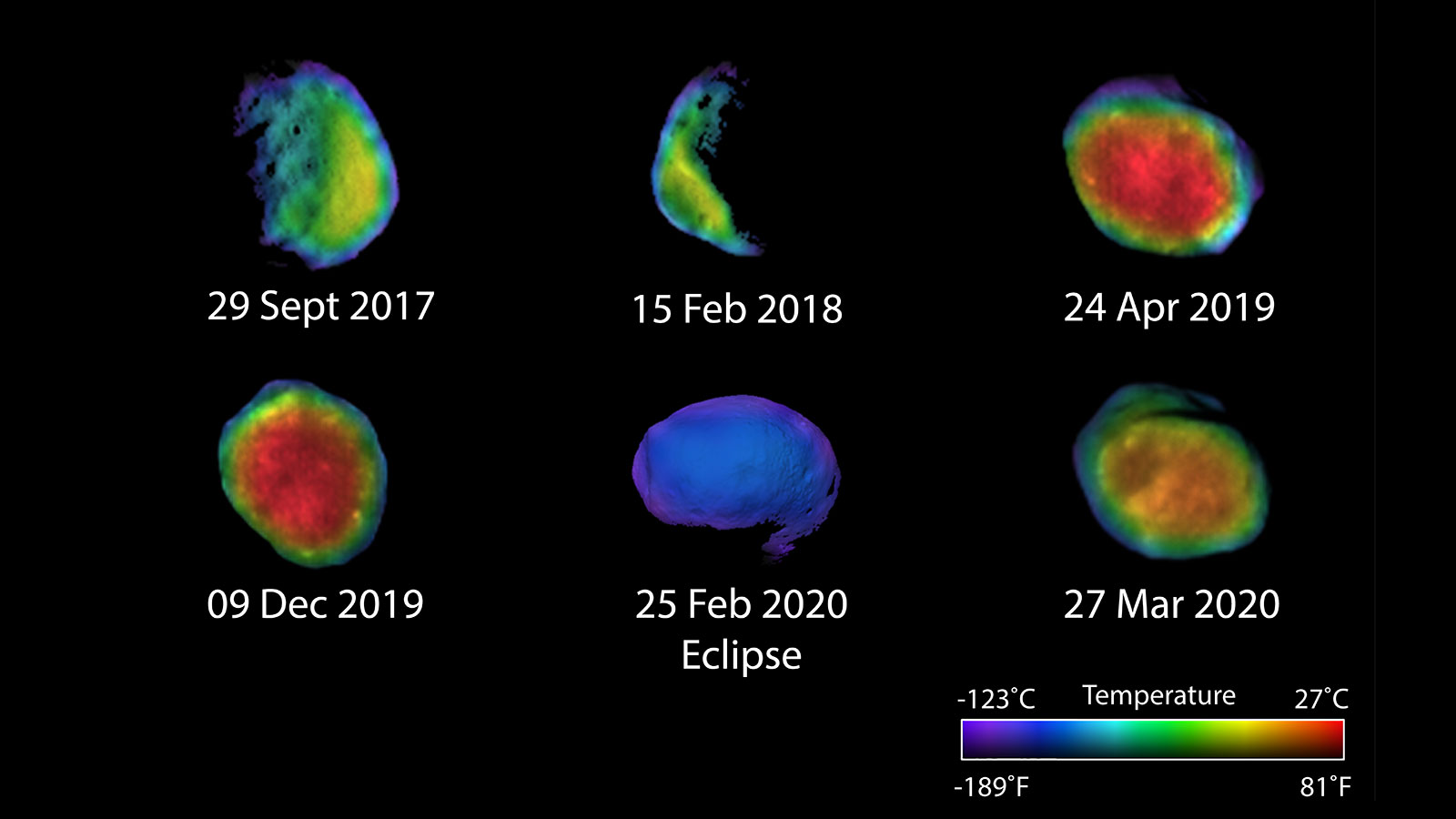NASA’s Mars Odyssey Orbiter doesn’t get a lot of headlines lately. It was sent to Mars in 2001, to detect the presence of water and ice on Mars, or the past presence of it. It also looked at Mars’ geology and radiation. It’s been doing its job without a lot of fanfare.
Now Odyssey’s infrared camera has given us three new images of Mars’ moon Phobos.
Continue reading “New Pictures of Phobos, Seen in the Infrared”

